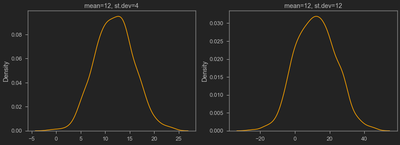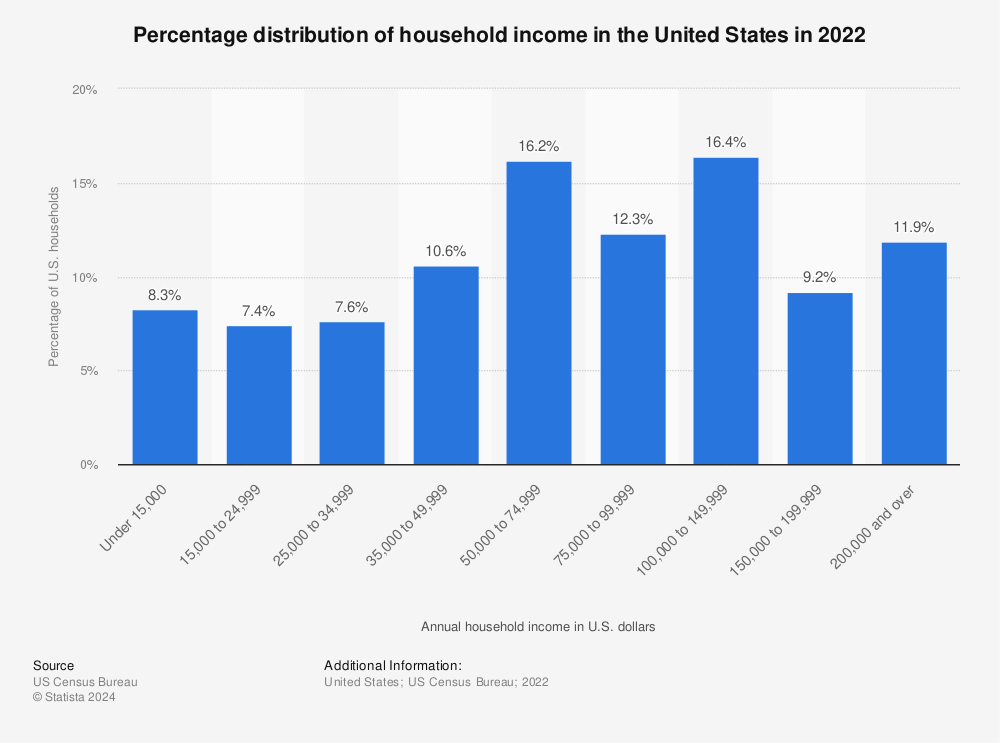On Data
& Stats
Krisna Gupta
Krisna Gupta who? 👀
-
Associate researcher di CIPS.
-
Economics PhD Student di Australian National University.
-
Double degree Master in Econ dari UI / VU Amsterdam..
-
Research on trade & industry in Indonesia.
-
Blogs & sing in spare time. L’arc~en~Ciel fan.
Some publications 😎
-
Krisna Gupta (2020). Industri 4.0 sebagai solusi daya saing industri indonesia?. In Denny Irawan, Wasisto Raharjo Jati, Oscar Karnalim, Asrul Sidiq (Eds), Mewujudkan Indonesia 4.0: Kumpulan Pemikiran Pelajar Indonesia di Australia. Jakarta: Yayasan Pustaka Obor Indonesia.
-
Arianto Patunru, Krisna Gupta (2020). Indonesia's PPE export ban backfires. East Asia Forum.
About today
- Some intro
- Various ways data is presented
- Some stats
- Economic data
- Q&A
I assume y’all have never worked with data before
I try to allocate more for Q&A
Intro
Why?
-
Efficient & powerful to support your story.
- you don’t really need to be a math&stat-savy.
-
Shows how good you are in understanding an issue.
-
Objective, most of the time.
-
Everyone use ‘em these days. Tough luck for data haters.
Data is getting mainstream
Some of my fave data source
- For trade, UN Comtrade https://comtrade.un.org/data/.
- General economic data, World Bank’s World Development Indicators https://data.worldbank.org/.
- Bank Indonesia (just google “SEKI Bank Indonesia”).
- BPS (either hit https://www.bps.go.id/ or query your keyword in google + ‘BPS’).
- ask them researchers.
Some jargons
-
Cross-sectional data: contains a snapshot of many subjects/individuals (people, countries, firms, etc) in a given time.
-
Time-series data: one subject observed for a long(-ish) periods of time.
- Good if trend is important.
-
Panel data: combination of the two.
Various ways data is presented
Cartesian plane
Tables
-
Not the best visualization but very flexible. (ex)[https://comtrade.un.org/data/]
- easy to costumize with templates & other viz.
- can store many variables.
-
The most mainstream tools are microsoft excel & Google sheet.
- Hence It’s best to have a
.csvor.xlsxor something similar.
- Hence It’s best to have a
-
I certainly prefer working with these formats (among others)
Tables
- First row is usually shows variables.
- Note that a machine-readable tables are the best!
- i.e., it is better to have one row for variables.
- Example of bad machine-readability
Units in the X, Y and columns
-
Never lose sight of the units of your value.
- e.g., thousand or millions, kg or ton, etc.
-
Especially important if you use various data source.
- BI’s trade data is in 1000USD while Comtrade’s in USD.
-
Always read what’s X and Y.
- if you make the graph, always write what’s X and Y.
Some statistics
The need to aggregate
-
How to process an information of the income of 1 million people?
-
When we have data of 1 million people, it’s impractical to look at 1 million values.
-
We look for one number that represent these 1 million values.
- this is usually the average (or mean).
-
We also need to understand how the value is distributed.
- called standard deviation.
Normal distribution
-
If we group values, take frequency, then sort them, we can make a distribution plot.
-
We can make a smooth approximation of the distribution plot with functions.
-
The most famous distribution is the normal distribution
-
Normal distribution’s characteristics:
- frequency is highest around the mean
- the tail is skinny (i.e., frequency is very small in the extremes)
Normal distribution

Normal distribution

When to use median
-
Median is the value lying in the middle of the whole group if we sort the value.
-
If we have 1 million people:
- Sort their income from lowest to highest.
- Median is the income of the 500.000th person.
-
Median is often use in the presence of non-trivial number of extreme values (i.e., fat tail).
-
income is often not distributed normally, so median is better.
-
example in excel.

Find more statistics at Statista
Economic data
Real vs nominal
-
We use currency to express many economic variables.
-
We can’t aggregate car + food.
- we can 200 million + 50 thousand.
-
But really what we want is the car and the food, not the money.
-
We need to take into account change in prices (i.e., inflation)
Real vs nominal
-
Say a firm can make 1 car and 100 food in 2020.
-
The firm’s GDP is $1 \times 200 + 100 \times 0.05 = 205$
-
in 2021, car’s price is increase to 210, hence GDP becomes 215.
-
Increased GDP?
- not really, cuz the firm still just produced 1 car and 100 food.
Real vs nominal
-
It’s easy to imagine the complexity of this stuff in reality.
-
One thing is clear though: we want to exclude increase in GDP from price effect.
-
To avoid price effect, we use 2020 price so we can compare 2020 GDP with 2021 GDP.
-
Real GDP = When we use old prices.
Real vs nominal
-
Obviously to keep comparing, we still need to use 2020 prices when we calculate 2022 GDP.
-
also when we calculate GDP in 2023, etc.
-
Because we keep using 2020 prices, we say ‘constant price’.
- 2020 is called ‘reference year’.
- nominal GDP is calculate using ‘current price’.
- nominal GDP = constant real GDP in the reference year.
-
The constant price changes from time to time.
GDP vs GDP per capita
-
GDP is an aggregate of the whole economy.
- used to show how big & important the country is.
-
GDP per capita is the mean/average
- used to reflect living standard & productivity.
-
Singapore vs Indonesia: rich vs powerful.
Fraction
-
Fraction is usually expressed with percent.
-
We use fraction to express how important an individual is to the group/population.
-
India imports 3.05 billion USD of CPO from Indonesia doesn’t say a lot.
- India imports 61% of its CPO from Indonesia says how important supplier Indonesia is.
- From Malaysia ~32%, FYI.
Percent change / growth
-
Growth is important to reflect how fast something is changing.
-
Percent change is nice cuz it’s unit-free.
-
It linearizes non-linear thing, which’s good and bad.
-
If your income drop by 50% today, will 50% increase tomorrow get you back to your old income?
Index
-
Index is prolly the most confusing thing.
-
Index can be in many forms with many different weight.
- sometimes you might need to check its formula.
- the purpose of index is still to give us one representative number to reflect the big picture.
-
For example, consumer price index (CPI) calculates a change in price level of many consumer goods.
-
Indeks Kedalaman Kemiskinan shows how deep the poverty of some area is.
A note on CPI and similar indices
-
CPI and many other indicies are shown in number near 100.
-
That’s because CPI is calculated as compared to 100.
- 100 is the ‘base’, the year where CPI=100 is called reference year.
-
For example, if CPI in 2010=100 while 2020=154, that means prices in 2020 is 54% higher than 2010.